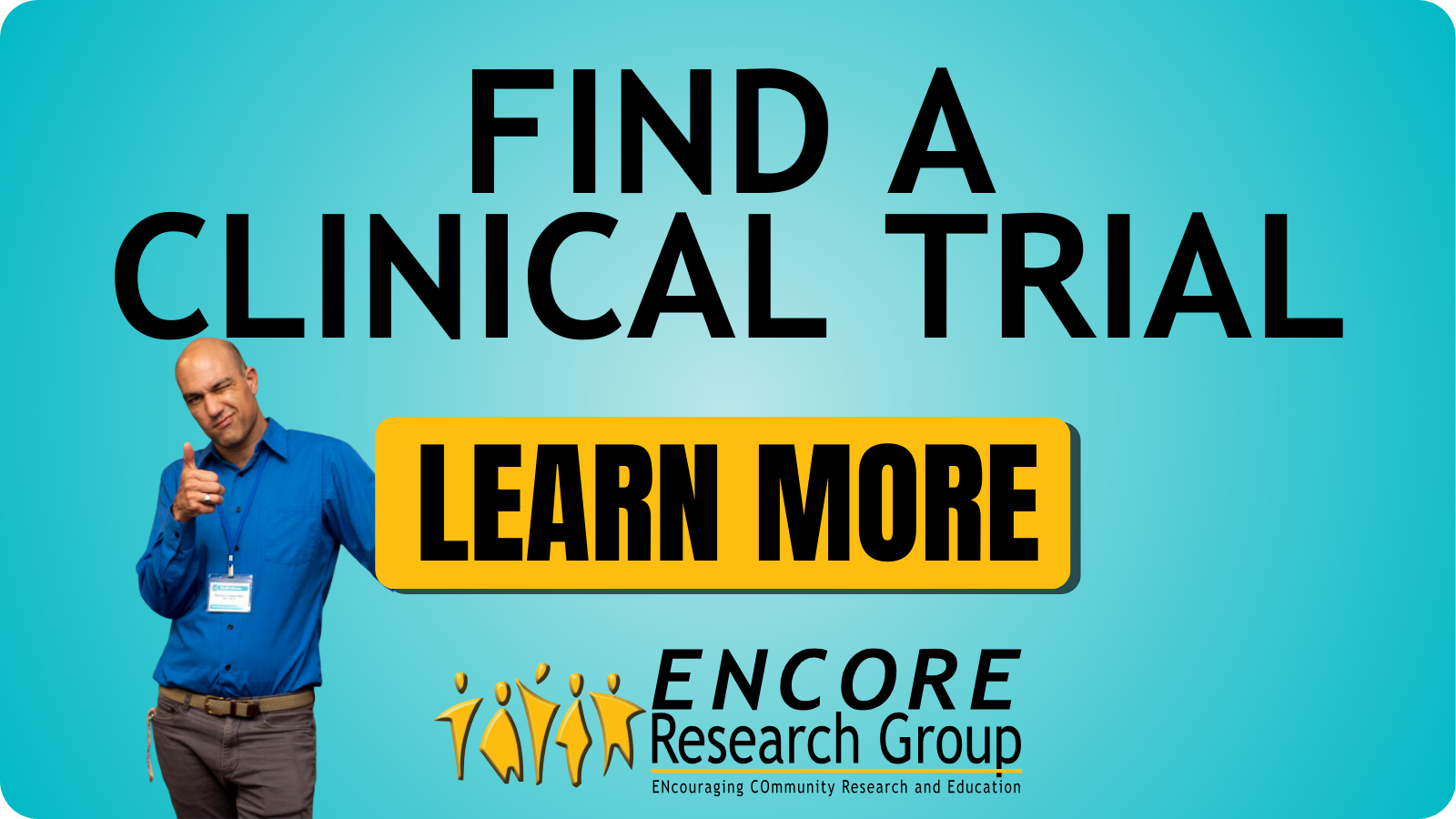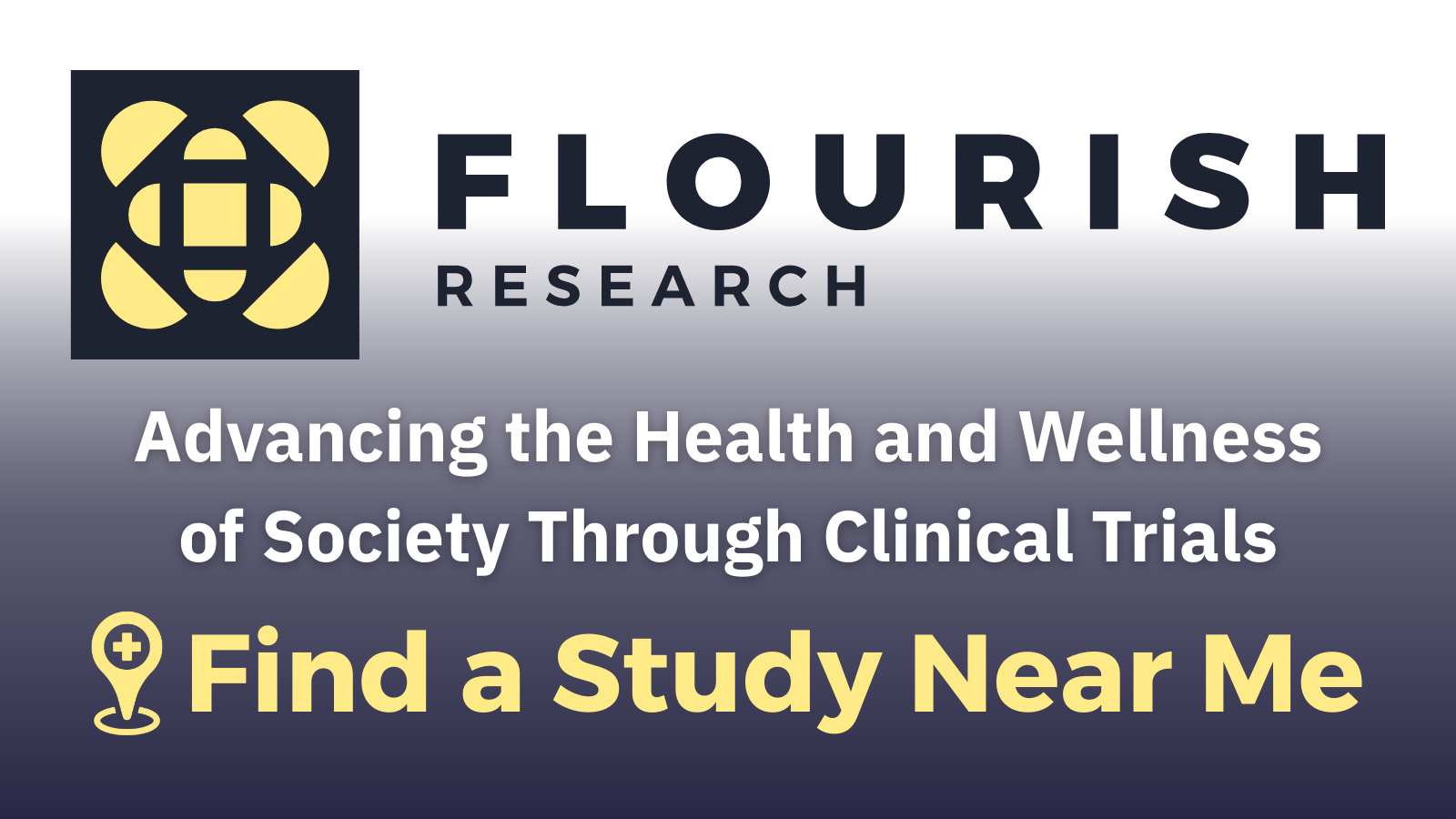Statins Good or Bad: Why the Popularity of Cholesterol-Lowering Drugs Sparks Criticism

Perhaps it’s human nature, but gaining popularity invariably leads folks to criticize you. This concept applies to one of the most widely prescribed medications, statins. Statins are a class of medication used to lower low-density lipoprotein, also called LDL-C or “bad cholesterol.” Cholesterol issues confuse people. Cholesterol is necessary for cells to function, but high LDL cholesterol in the bloodstream leads to heart disease and stroke. Excess cholesterol in the blood deposits in arteries to create “plaques” which narrow them. Plaques lower blood flow and block blood vessels, which may suffocate and kill parts of the heart or brain in a heart attack or stroke. According to the CDC[1], heart disease and stroke are the first and fifth leading causes of death in the United States, respectively. Risk factors for high LDL cholesterol include many things we can change: eating too many saturated fats, lack of exercise, smoking and drinking, too much stress, and not enough sleep. Unfortunately, there are also several risk factors we can’t change: genetics, some medical conditions, advanced age, and race, with non-Hispanic White people at the highest risk. With several non-modifiable risk factors leading to some of the highest causes of death in the United States, it’s no surprise that statins are so popular.
The liver plays a major part in maintaining healthy LDL-C levels by producing and removing LDL-C from the bloodstream. Statins work by slowing down LDL cholesterol production in the liver and helping the liver remove LDL cholesterol. When LDL-C levels in the liver drop, the liver compensates by removing more LDL-C from the bloodstream. A 2010 meta-analysis of 26 randomized control clinical trials[2] found that lowering LDL cholesterol by 1 mmol/L (around 39 mg/dL) reduces the risks of heart disease and related death by about 1 in 5, and lowers all-cause mortality by 10% over 5 years! Statins, when combined with diet and exercise, significantly lower LDL cholesterol and the risk of stroke, heart attack, and coronary heart disease deaths. Yet, in spite of these data and physician support, statins have come under significant controversy over the past few years; Why is that? I’ll share with you my thoughts.
One major source of controversy around statins pertains to side effects. As with all FDA-approved medications, research sites record side effects during randomized clinical trials, and the FDA evaluates the risks of side effects weighed against the benefits of a medication. Statins, among the most prescribed medications in the United States, come second only to aspirin in how much doctors discuss them[3]. The incredible high use of these medications makes sense, with 700,000+ people dying from heart disease yearly, but this popularity also means that even rare side effects can show up in significant numbers.
The most common reason people stop taking statins is a group of muscle conditions collectively called statin-associated muscle symptoms (SAMS). SAMS include muscle pain, weakness, muscle loss, and cramps. These symptoms tend to occur in large muscle groups like the thighs, back, calves, or my 32-inch ripped biceps (ok… maybe closer to 25 inches). Reported rates of SAMS vary wildly. In randomized, controlled trials, rates are around 1-2% higher than placebo groups, but observational (non-experimental) studies show rates of 10-29%[4]! One possible explanation for the disparity is the nocebo effect, where people experience and report symptoms just because they expect to have them. A 2020 study in the New England Journal of Medicine[5] tested this effect in patients who would randomly take a statin, a placebo, or no medication for a month at a time and report symptoms. Over the course of a year, people reported symptoms like SAMS at about the same rate whether on placebo or a statin!
Other side effects which have been reported include liver disease, diabetes, cognitive difficulties (memory, brain fog), and hemorrhagic stroke. Though some of these have made for exciting headlines, randomized clinical trials give better context. Clinical trials have dismissed worries of liver disease and cognitive impairment. Statins do slightly raise blood sugar, but the risks of this effect is highly outweighed by improved cardiovascular health from lowering LDL cholesterol. As Dr. Michael J. Koren quipped on the MedEvidence Podcast [6], “the number one side effect of statins is that you live longer.”
Statins are amazing medications which have proven efficacy for those with high LDL-C at risk of cardiovascular disease. This doesn’t mean they are the end of the line, however. For most people, statins are only part of their overall care. Evidence shows that maintaining a healthy lifestyle while on statins can help reduce LDL-C levels and protect against heart disease. A heart-healthy diet includes many fruits and vegetables, whole grains and legumes, low-fat dairy, poultry, fish, and nuts, while keeping saturated fats low and avoiding trans fats altogether. For people with high blood pressure, reducing salt intake may also help. Beyond diet, regular exercise, sleep, maintaining a healthy weight, and avoiding tobacco are also important. As always, it’s important to make sure a specific health plan matches your needs. Statins have a lot of evidence to back up efficacy and benefit patients which leads to their popularity. But in this case the popular kid also happens to be the good kid!
Staff Writer / Editor Benton Lowey-Ball, BS, BFA
Co-Written by Michael J. Koren, MD, FACC, FAPCR, CPI
|
Click Below for ENCORE Research Group's Enrolling Studies |
|
Click Below for Flourish Research's Enrolling Studies |
References:
[1]National Center for Health Statistics. (25 October, 2024). Leading causes of death. Centers for Disease and Control. [Website]. Accessed 11 November, 2024. https://www.cdc.gov/nchs/fastats/leading-causes-of-death.htm
[2]Trialists, C. T. (2010). Efficacy and safety of more intensive lowering of LDL cholesterol: a meta-analysis of data from 170 000 participants in 26 randomised trials. The Lancet, 376(9753), 1670-1681. https://www.thelancet.com/journals/lancet/article/PIIS0140-6736(10)61350-5/fulltext
[3]National Center for Health Statistics. (2019). National ambulatory medical care survey: 2019 national summary tables. Centers for Disease and Control. https://www.cdc.gov/nchs/data/ahcd/namcs_summary/2019-namcs-web-tables-508.pdf
[4]Adhyaru, B. B., & Jacobson, T. A. (2018). Safety and efficacy of statin therapy. Nature Reviews Cardiology, 15(12), 757-769. https://www.nature.com/articles/s41569-018-0098-5
[5]Wood, F. A., Howard, J. P., Finegold, J. A., Nowbar, A. N., Thompson, D. M., Arnold, A. D., ... & Francis, D. P. (2020). N-of-1 trial of a statin, placebo, or no treatment to assess side effects. New England Journal of Medicine, 383(22), 2182-2184. https://www.nejm.org/doi/full/10.1056/NEJMc2031173
[6]Koren, M.J. & Chu, D. (Hosts). (2024). Understanding cardiovascular wellness. [Podcast Episode]. In MedEvidence! Truth Behind the Data. MedEvidence. https://medevidence.com/understanding-cardiovascular-wellness-episode
Diamond, D. M., & Ravnskov, U. (2015). How statistical deception created the appearance that statins are safe and effective in primary and secondary prevention of cardiovascular disease. Expert review of clinical pharmacology, 8(2), 201-210. https://www.tandfonline.com/doi/abs/10.1586/17512433.2015.1012494
Jakicic, J. M., Lee, I. M., Smith Jr, S. S. C., Lichtenstein, F. A. H., Svetkey, F. L. P., Millen, B. E., & Yanovski, S. Z. (2013). 2013 AHA/ACC Guideline on Lifestyle Management to Reduce Cardiovascular Risk. 2013 AHA/ACC Guideline on Lifestyle Management to Reduce Cardiovascular Risk. https://www.ahajournals.org/doi/full/10.1161/01.cir.0000437740.48606.d1
Koren, M. J., Hunninghake, D. B., & Alliance Investigators. (2004). Clinical outcomes in managed-care patients with coronary heart disease treated aggressively in lipid-lowering disease management clinics: the alliance study. Journal of the American College of Cardiology, 44(9), 1772-1779. https://www.sciencedirect.com/science/article/pii/S0735109704016365
Koren, M. J. (2005). Statin use in a “real-world” clinical setting: aggressive lipid lowering compared with usual care in the Aggressive Lipid-Lowering Initiation Abates New Cardiac Events (ALLIANCE) trial. The American journal of medicine, 118(12), 16-21. https://www.sciencedirect.com/science/article/abs/pii/S0002934305007977
National Heart, Lung, and Blood Institute. (19 April, 2024). Blood cholesterol causes and risk factors. National Institute of Health. [Website]. Accessed 11 November, 2024. https://www.nhlbi.nih.gov/health/blood-cholesterol/causes
Stone, N. J., Robinson, J. G., Lichtenstein, A. H., Bairey Merz, C. N., Blum, C. B., Eckel, R. H., ... & Wilson, P. W. (2014). 2013 ACC/AHA guideline on the treatment of blood cholesterol to reduce atherosclerotic cardiovascular risk in adults: a report of the American College of Cardiology/American Heart Association Task Force on Practice Guidelines. Circulation, 129(25_suppl_2), S1-S45. https://www.ahajournals.org/doi/10.1161/01.cir.0000437738.63853.7a



